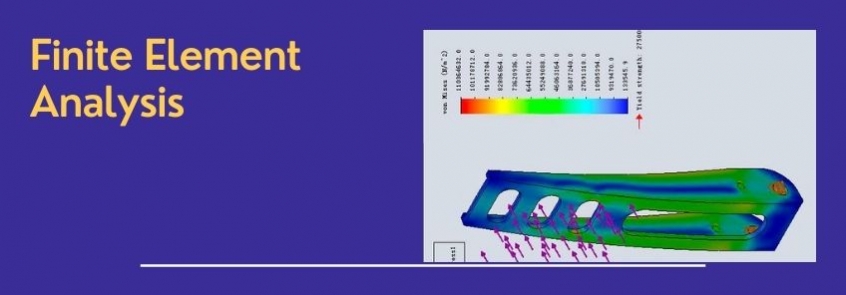-

How is FEA Applicable in Civil Engineering?
By Fernandes 24 Aug 2020Finite Element Analysis or FEA is a significantly useful tool in the civil engineering field in Brisbane to numerically approximate the extremely complex physical structures for regular analytical solutions. For instance, a concrete beam having support at its both ends, face the concentrated load situated on its centre span. The centre span's deflection is determined mathematically relatively in a simple way since the boundary and the initial conditions are finite and are in control. Nevertheless, once the same beam is transported into practical applications like the bridges, then the forces at play are harder for analyzing using simple mathematics.
The Application of FEA in the Related Areas of Civil Engineering
Civil engineers apply the FEA analysis services in Brisbane for different parts of construction projects. This is how they carry it out.
•State-of-the-Art Building Materials
Concrete has served as the lifelong building material, although research is going on for the phenomenon like alkali-silica reactions. But, why concrete cracks and how can the composition be an influential factor in crack growth? Can self-healing materials be created?
The major ifs sustaining in an FEA simulation is determining the material properties accurately. Hence, comes in innovative research areas, which include multiscale modelling. With the help of the multiscale model, it is possible using the microstructure, or else each property of individual components for determining the concrete’s property, or else the property as a whole.•Erosion, Sedimentation, and Hydrology
The water motion produced in the coastal areas is said to be more predominant compared to the inland waterways. The marine structures are subsequently damaged and destructed by the generated high current waves and tides, along with complications brought forth by ocean currents wind currents, tsunamis, and storm surge.
With the coastal flow problems being the context, the civil engineers have to analyze the reflection's boundary conditions and wave-current diffraction to obtain the solutions. So, coastal flow modelling, which is fluid flow's finite element modelling and numerical-empirical methodology based analysis is the major trend today.Not only the coastal areas, but the catchment regions are also the platforms where hydrological models are used since the last decades for understanding the water flow in porous soil for centring to the levels of groundwater.
The river’s load on the dam is considered using the linear static analysis. Alternatively, non-linear analysis comprehensively considers the conveyance system’s effect which includes the inner cushion surface, steel liner tuber’s outer surface for facing the water contact, and contact existing between the steel liner and concrete.
Several problems exist within the civil and structural engineering where FEA is used for simplifying a structure and understanding its behaviour throughout. Since CAE or computer-aided-engineering field has remarkably advanced, so did the FEA tools to significantly benefit the civil engineering sector. Using the advanced FEA tools has led to the invention of more efficient and innovative products and even furthered the accurate design methods development.
0 Comment
Leave a Comment
Your email address will not be published. Required fields are marked *






